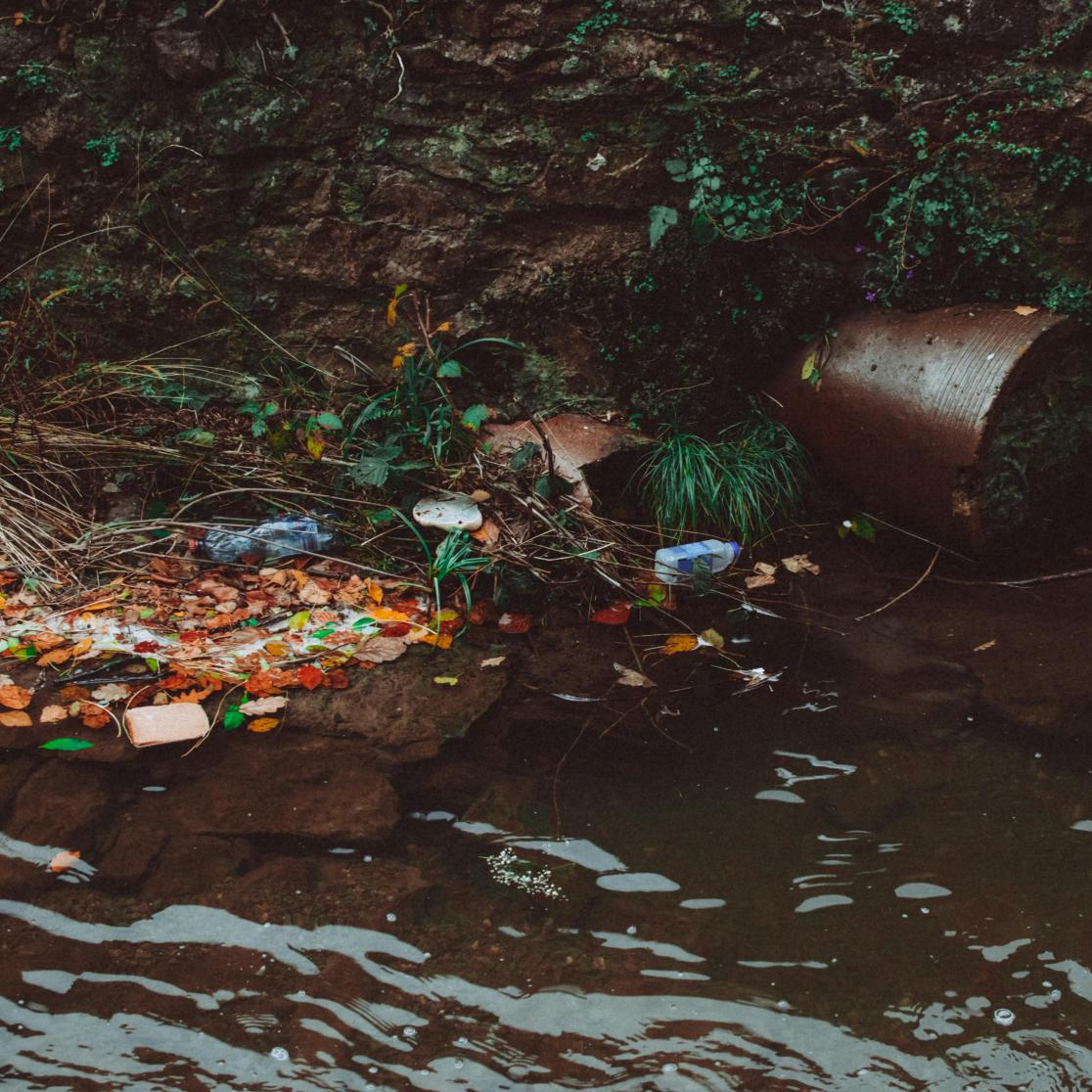Plastic-eating people do not like biodegradable polymers
Cola bottles and microplastics are two examples of plastics that frequently end up in the environment, which we then consume. Why? Simply because biodegradable alternatives have a hard time entering the market. Simon Schick at AMIBM investigated why this is the case.
A common meal recipe: take a spoon and three average-sized Lego bricks. Use the spoon to eat the brick. Ridiculous? Not at all. Humans consume 0.1-5 grams* of plastic per week, hidden as microplastics in our food. These plastics build up in our bodies, especially in the brain.
If, without knowing the consequences, plastics accumulate in our bodies, why aren’t we doing anything about it? It is not for lack of effort by researchers around the world. They are working hard to develop environmentally friendly and biodegradable alternatives to the plastics commonly found in the environment. The solution is available, but it hasn’t gained traction. PhD student Simon Schick at the Aachen-Maastricht Institute for Biobased Materials (AMIBM) investigated the reasons for this.
Why not?
“We discovered four main reasons,” Simon explains. “The first is that some biodegradable plastics are 5-6 times more expensive than traditional alternatives. As a result, not all producers think the benefit of biodegradability is worth the price. Furthermore, polymer producers do not want to switch. Their machinery is highly optimised to produce a single type of polymer in large quantities. They must do this to generate a profit. A third reason is the availability of polymers. PET (used in beverage bottles) is produced by approximately 45 companies worldwide. If one cannot deliver, 44 others can. Only a few companies produce biodegradable polymers, which limits supply-chain security.”
The fourth reason is one that Simon and other researchers can help solve. "Traditional polymers have undergone extensive research. We understand all their properties. So, if you want to choose a polymer to make a product, you can easily compare the properties of several polymers and determine which one is best for you. There is insufficient literature available to do the same for biodegradable polymers."

According to Simon, not all plastics need to be replaced by biodegradable polymers. "If a product is likely to end up in a managed waste stream where it can be recovered for recycling, traditional polymers are preferable due to their recyclability. However, if a product is likely to end up in an unmanaged waste stream or even the environment, or if recycling the polymer is impossible, biodegradable polymers are beneficial."
Scientist to the aid
At AMIBM, he studied teabags, which are sometimes made of plastic fibres. "By design, these polymers are not recyclable because they are heavily contaminated by tea. A biodegradable polymer would keep conventional plastics out of organic waste streams. Another example is an abrasive pad for cleaning pans. The abrasive layer breaks down into tiny particles, which end up in wastewater and possibly the environment. A biodegradable abrasive layer could help." Simon talks about the challenges of designing such products: "You need to know all the properties of biodegradable polymers to ensure that the pad will not start to degrade before it reaches its end of life, even if it is being stored in damp conditions."
About Simon Schick
Simon Schick began his studies at a German Hochschule, earning both a bachelor's and master's degree. He studied material and process engineering, as well as textile trade and technology. In 2021, he started his PhD research at Maastricht University’s Faculty of Science and Engineering, joining the Marie Sklodowska-Curie BioBased Value Circle Project. He began at the Brightlands Chemelot Campus and is now finishing his research with an industrial partner in Austria.
More help
To help manufacturers even further, Simon and his colleagues at AMIBM studied the use of biodegradable polymers in traditional plastic spinning machines. He began with a 5 kg/h pilot facility at the Brightlands Chemelot Campus and later progressed to an industrial facility in Austria, which can produce 1200 kg/h. The research revealed that existing equipment can handle biodegradable polymers, so no new machines are required.
Simon introduces the term degradation-by-design. The idea is to first explore whether the degradability of a polymer can be adjusted to the product by refining the spinning process. With degradation-by-design, product development is optimised so that biodegradable polymers can more easily replace ‘fossil-based’ plastics. By doing so, hopefully, future generations no longer have to eat their weekly rations of Lego bricks.
Sense more of our Science here
literature:
- Overcoming Challenges in the Commercialization of Biopolymers: From Research to Applications
- Estimation of the mass of microplastics ingested
- Bioaccumulation of microplastics in decedent human brains
* A previous version of this article erroneously stated that humans ingest on average 5 grams of plastic per week. This has been corrected to the referenced range of 0.1–5 grams on average per week.
